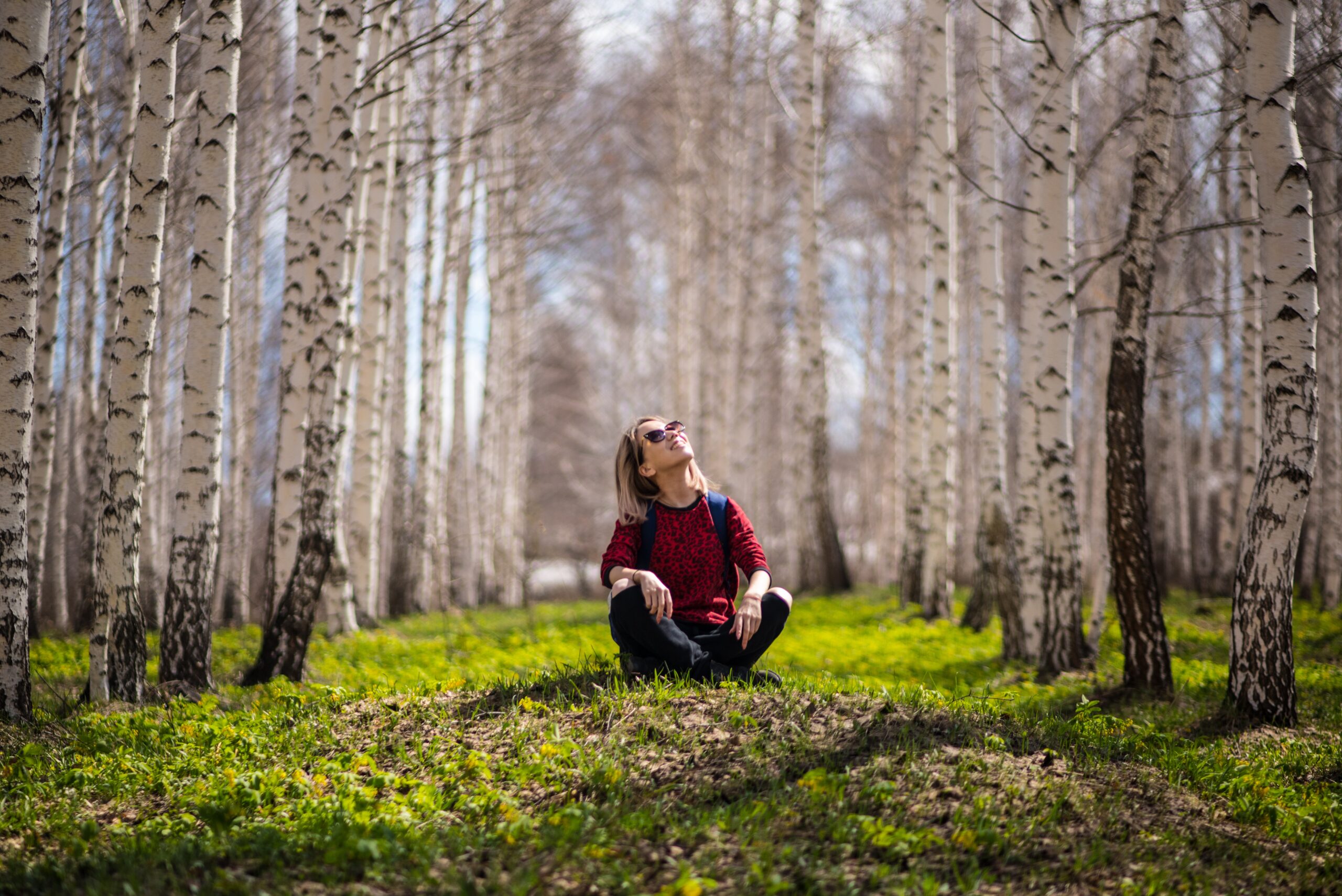You know the fear. It keeps you or your loved one from venturing out for a day hike, camping, or engaging in some other nature-focused activity. In fact, fear of nature—or biophobia, defined as having anxiety or a phobia about one or more aspects of the natural world, such as wildlife—is uncomfortably common. Author Richard Louv described this growing trend among young people in his book Last Child in the Woods. And adults are not immune to it: we spend an average of 93% of our lives inside buildings or vehicles, meaning we’re exposed to nature less and less. Why is it important that we get over our fear of nature? Are all fears of nature unhealthy? And how can we overcome our fear and feel more comfortable in the natural world?
Why Fear of Nature is Bad for Us

As stewards (and future stewards) of this planet, we and our children have the responsibility to understand as much as we can about the natural world. This knowledge helps us to preserve and protect the animals and plants around us—the entire ecosystem, which we rely upon for everything from eating to breathing. “Hold on,” you might be saying. “My fear of bees isn’t going to cause the collapse of our planet.” Of course, you’re right. But on a macro scale, the move towards a more fearful view of nature can have disastrous repercussions.
For example, imagine a future without biologists, firefighters, naturalists, and other roles that require study and interaction with the natural world. A world where people are so disconnected from nature that they think nothing of plundering its resources. This may sound farfetched, especially at a time when many young people are raising concerns about climate change and other environmental issues, and finding ways to get involved. Despite this, a troubling trend is also increasing among our youth: a growing fear of nature.
Masashi Soga, a researcher at the University of Tokyo, studied 1,100 Chinese children and their reactions to nature. Her findings were telling: many of the children reacted with fear or disgust to certain insects, with reactions that mimicked their parents’. The report also found that the children who didn’t have much contact with nature were also less interested in conserving it. Soga concluded the report’s findings: “Our results suggest that there is likely a feedback loop in which an increase in people who have negative attitudes towards nature in one generation will lead to a further increase in people with similar attitudes in the next generation—a cycle of disaffection towards nature.”
This and similar reports alert us to the urgent need to make friends with nature, not just for ourselves and our future generations, but for the planet.
A Healthy vs. Unhealthy Fear of Nature
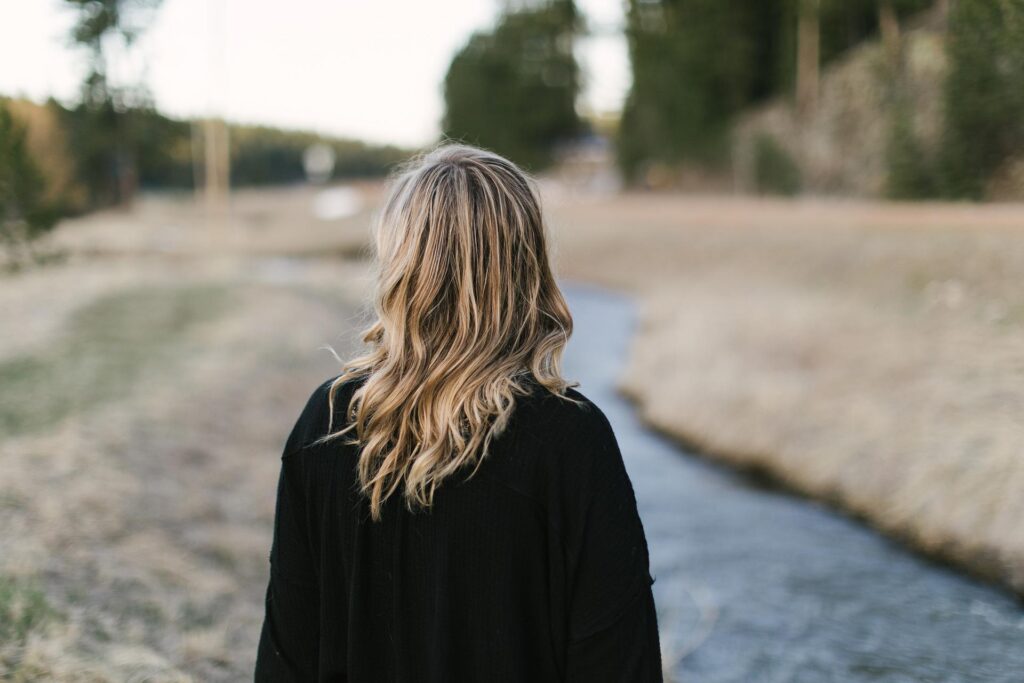
Let’s be clear: when it comes to nature, a certain amount of fear is healthy. We need to know not to approach a bear, stick our hand in a live bee hive, or eat a berry off a bush without first identifying it as nonpoisonous. But when does a healthy fear become unhealthy? You might ask yourself:
- Is fear of nature negatively affecting my daily life?
- Does fear hold me back from hiking, camping, and other outdoor activities?
- Is my fear out of proportion to the actual risks involved?
- Is my fear negatively impacting my children? (Are they showing signs of fearing the outdoors, animals, or insects? Do they seem uninterested in exploring and learning about nature?)
If you answer “yes” to one or more of these questions, don’t worry. Whether it’s just a slight fear or a full-on phobia, you can overcome your fear of nature in five actionable steps.
How to Overcome a Fear of Nature
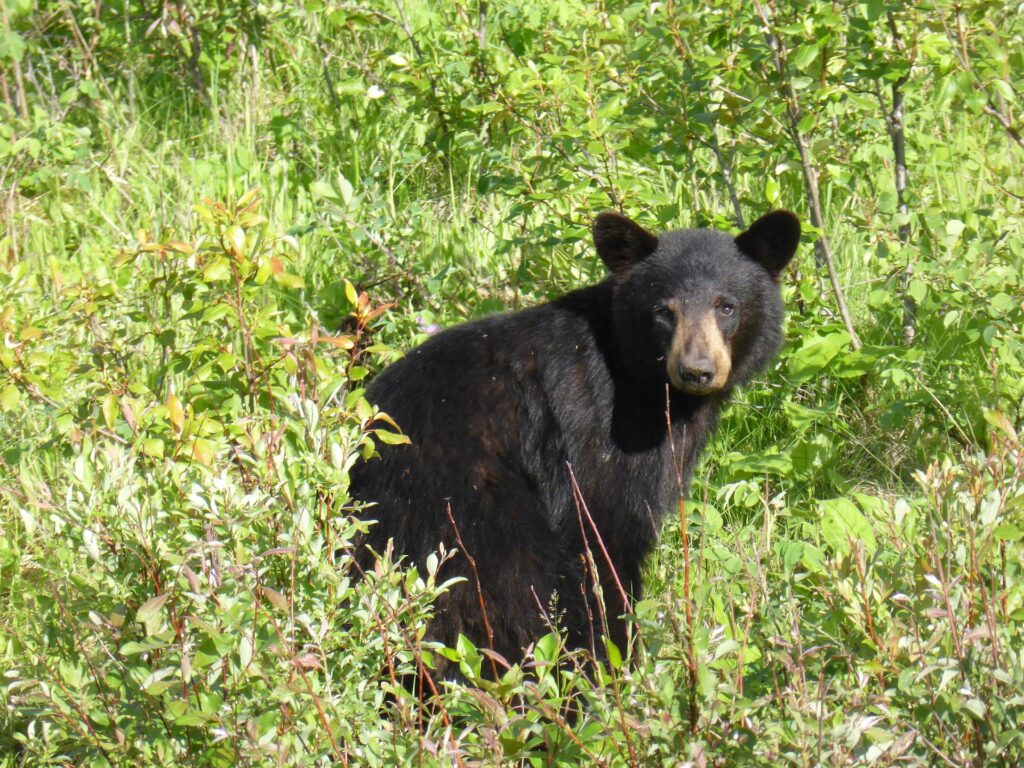
Step 1: Know the Real Risks
Fear is often grown in the dark, and the best way to dispel it is to shed some light of truth. For example, do you know the real risk (statistically) that your fear will be realized? Here are some statistics that may help you put your fears into perspective:
- Afraid of sharks? In California, an average of 1.8 shark attacks have occurred per year in the last decade. And in 2021, there were a total of just 73 unprovoked shark attacks worldwide.
- Afraid of bears? Black bears, the most common bears of North America, kill fewer than one person a year. In fact, North American Bear Center founder and biologist Dr. Lynn Rogers says that black bears have killed only 67 people in the last 122 years.
- Afraid of mountain lions? Mountain lion attacks are incredibly rare: in the last 20 years, there have been fewer than 20 human fatalities as a result of an attack.
- Afraid of rattlesnakes? Fewer than 0.0025% of people in the US are bitten by rattlesnakes each year, and of those cases, only 5-6 are fatal.
- Afraid of bees? According to the CDC, there were only 1,109 deaths in the U.S. due to bee, hornet, and wasp stings between the years 2000-2017.
- Afraid of lightning strikes? Of the 40 million lightning strikes that hit the ground each year in the U.S., there is a less than one in a million chance of being hit by lightning.
- Afraid of fires? Admittedly, the effects of climate changes have caused an increase in natural disasters. This is seen in an increasing risk of wildfires, particularly in California and other Western parts of the U.S. Fortunately, there are many steps we can take to prevent fires in our communities. Our local Big Bear Fire Department includes some helpful fire safety resources on their website.
Step 2: Educate Yourself
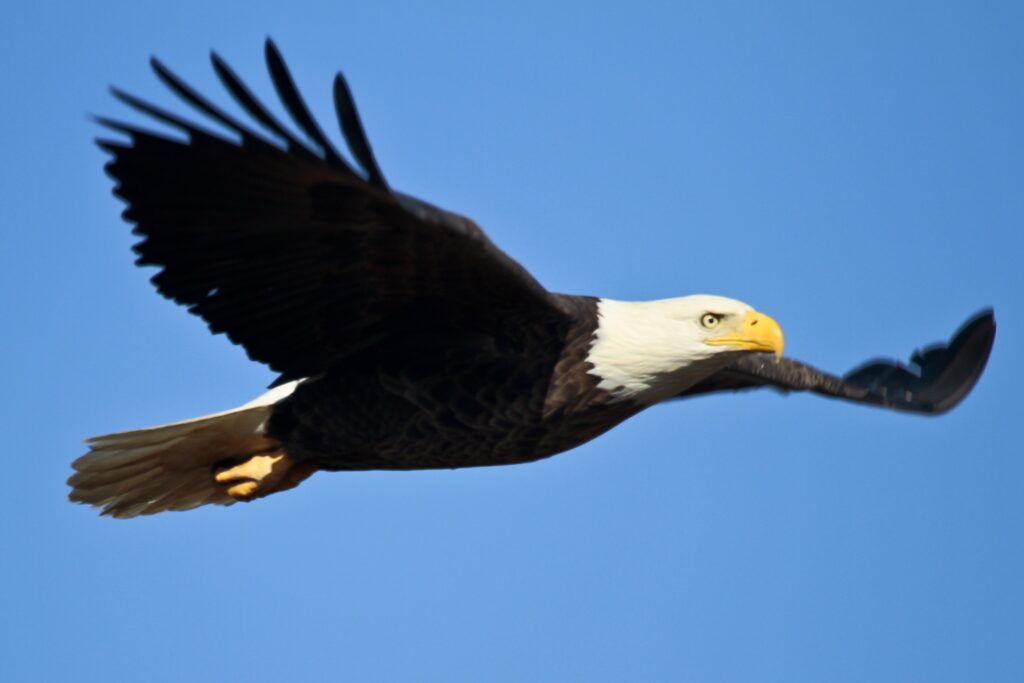
To face your fear of nature, get to know more about what scares you. Is it a fear of encountering certain animals when out in nature? Why not learn more about your local wildlife: Are they nocturnal? Do they live in dens? When is their mating season? What times of the year are you more likely to see them? Knowing what to expect can go a long way in quelling your fears.
Here are some great resources for learning about our local wildlife in the Big Bear Valley:
- List of animals in the Big Bear Valley
- Info on animals of Big Bear Lake
- Chirp’s Wild Bird Checklist for the Big Bear Area
Step 3: Be Prepared
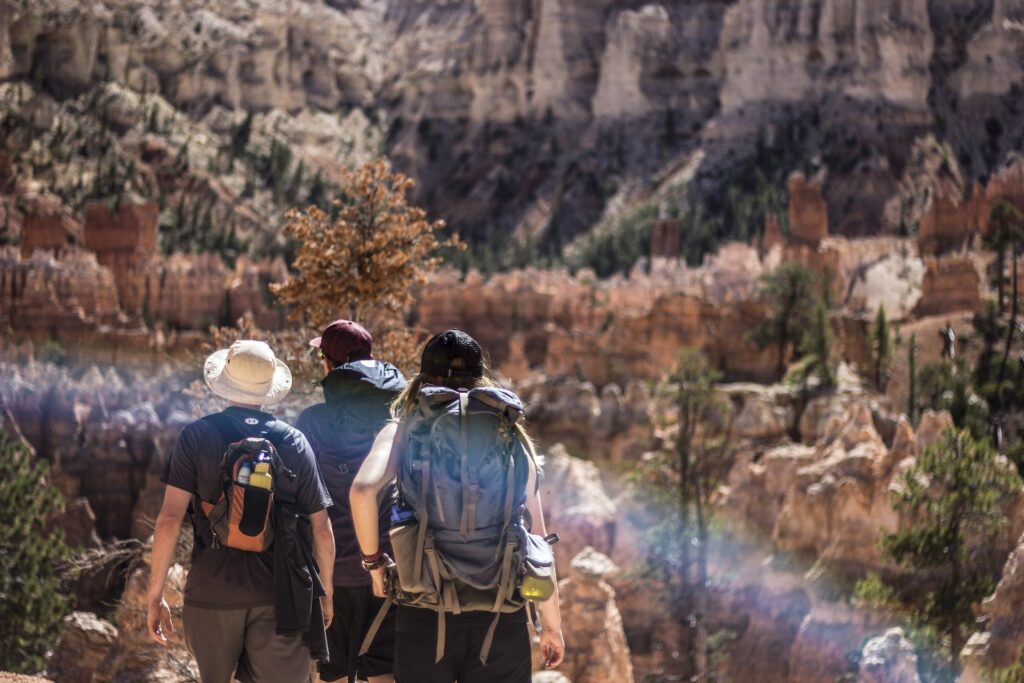
While most of our nature fears are out of proportion to the actual risks involved, it’s still good to be prepared for every scenario. For example, depending on where you live, you may wish to do the following for a nature walk, hike, or camping trip:
- Do research on the area and/or trail* beforehand
- Take a map of the local area and/or trail
- Stick to established and marked trails
- Remain aware of your surroundings at all times
- Avoid going alone—go with a friend or group
- Don’t eat growing berries, mushrooms, or plants
- Take enough food and water for all parties
- Make a lot of noise and/or wear a bell
- Watch young children and pets closely
- Keep pets leashed
- Carry bear spray
- Don’t feed wildlife
- Don’t leave trash behind
- Follow the direction of posted signs
- Wear boots and long pants
- Wear sunscreen
- Take along a pair of binoculars and a good field guide
*Check out Chirp’s guide to popular hiking and birdwatching trails for Big Bear Lake.
Step 4: Teach Your Kids

Kids will follow our example, good or bad. If you show fear or disgust about a certain animal or insect, your kids will likely follow your lead. How do we raise our kids to love nature, and have a healthy respect for it? Here are some fun tips and resources:
- Read a book about the animal or insect with your child. Pay special attention to the animal or insect’s role in maintaining nature’s delicate balance, and how we benefit from it.
- Take your child on an outdoor adventure. Start small: pitch a tent in your backyard and watch the birds at your bird feeders. Or go to your local park and watch the squirrels. Take your family on a nature hike or a day at the lake. Have them make a list of all the birds and critters they see. Teach them to identify birds by sight or sound using a smartphone app like eBird or Merlin Bird ID.
- Be honest with them about your fears. Tell your kids that you’re learning to overcome your fears, and ask for their help! Watch a fun nature documentary or YouTube nature channel with them to show them why learning about the world around us is both enjoyable and important. Tell them that while it’s important to be careful in nature, it’s important not to fear it.
Step 5: Get Outside More
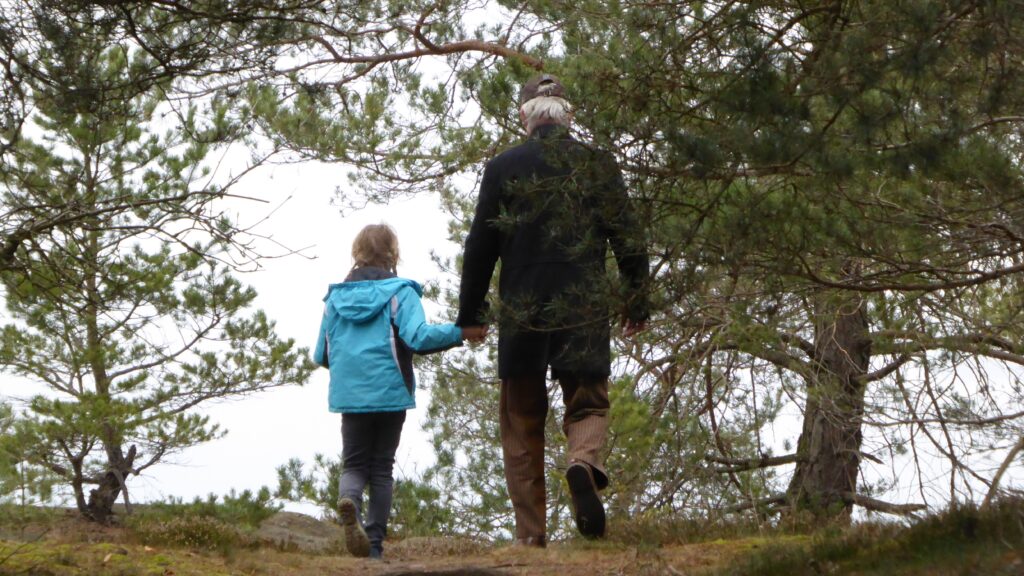
The last step in the process? Get outside and look for ways to face your fears! The more time you spend out in nature, the more pleasurable it will be, and the more you will realize that you have nothing to fear. (And we haven’t even mentioned nature’s stress-relieving benefits for our body and mind.)
Join us for a nature walk! The Chirp Nature Center hosts a guided bird walk every month—check out our calendar for the next one.
Get Ready for the Spooky Season with Chirp!
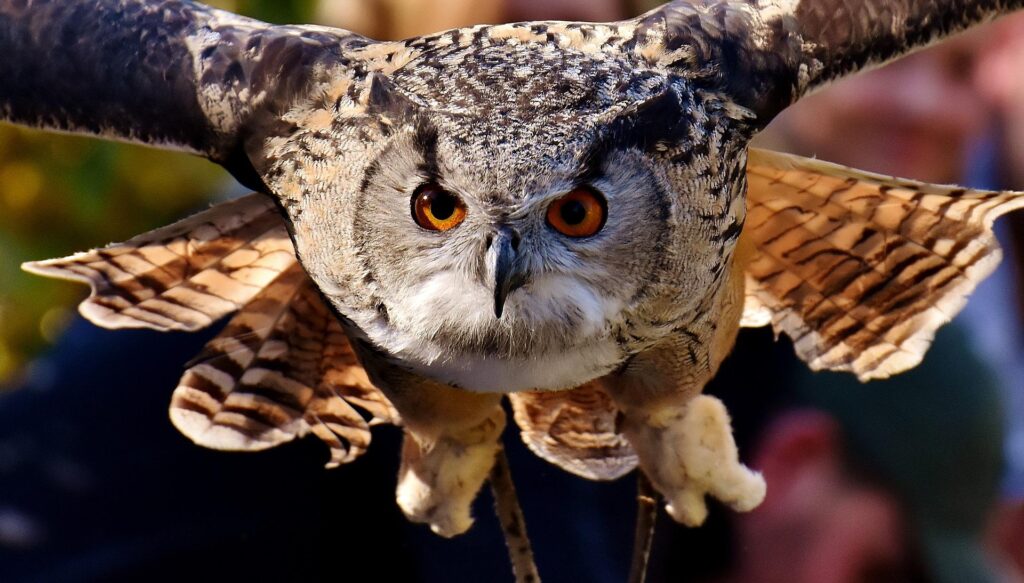
What better way to usher in October than with a bird talk on Ominous Owls? Join us in Chirp’s Backyard on October 8th for a frighteningly fun and educational discussion on owls by Big Bear Alpine Zoo’s Lead Animal Keeper Christy McGiveron. Register ahead to secure your spot.

